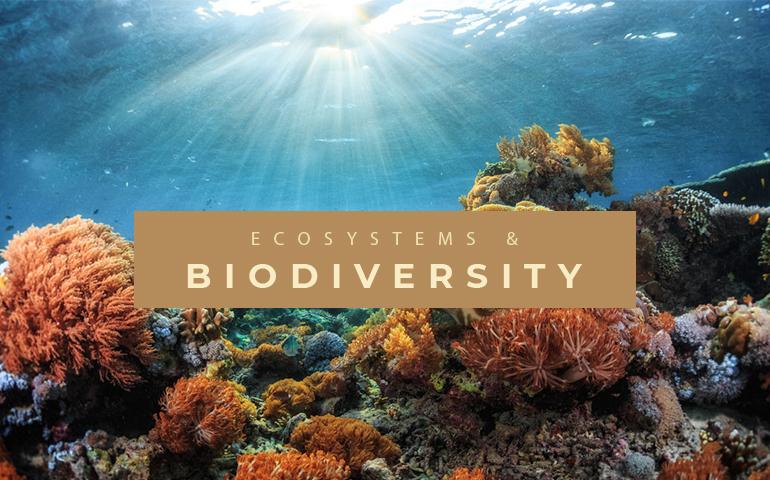Africa Centre of Excellence in Coastal Resilience |  University of Cape Coast
University of Cape Coast

Development Challenges
Numerous ecosystems exist along the coast and marine areas of West and Central Africa. Some of these ecosystems include seashores, wetlands, lagoons, estuaries and mangrove forests, etc. These ecosystems provide critical services to support the survival of coastal communities. However, over utilization of coastal ecosystems as a result of rapid population increase, unplanned settlements and urbanisation over the years have affected their sustainability. Coastal resources have therefore become polluted, depleted and several species of fauna and flora are undergoing extinction. Options for the coastal ecosystems management and biodiversity conservation have become very limited because of increasing poverty. This research theme explores avenues of understanding the various ecosystem types as well as the drivers of pollution and depletion. The ultimate goal is to ensure sustainable restoration and conservation of coastal ecosystems and biodiversity in West and Central Africa sub-region.
Objectives
- Assess coastal ecosystem types (i.e. coastal and marine), ecosystem services and biodiversity and the nexus between them
- Assess the health of ecosystems in the West and Central Africa sub-region
- Evaluate pollution sources along the coast and its impacts to the physical and physiological condition of health to biodiversity
- Explore management options for degraded coastal and marine ecosystems
- Explore opportunities for sustainable exploitation of coastal and marine resources
- Evaluate the status of implementation of the Convention on Biological Diversity (CBD) in the West and Central Africa sub-region
Research Areas
- Ecosystem health: covering studies on pollution (plastics, metals, nutrients, pesticides), nutrient cycles, ecotoxicology and bio-indicators
- Experimental productivity of fish, crops and animals towards the provision of alternative livelihood for coastal dwellers
- Development of postharvest technology
- Biodiversity assessment of coastal ecosystems based on taxonomic and molecular techniques
- Assessment and linkages of ecosystem types, services and biodiversity
- Ecosystem modelling as a predictive tool for future scenario analysis
Expected Outcomes
The proposed research areas outlined above are interrelated and will ultimately produce results that will feed into each other and present a broad direction for managing coastal degradation through the delivery of:
- A comprehensive inventory of animal, plant and fungal species of various ecosystem types in the sub-region.
- Improved management and protection of ecosystems.
- In-depth knowledge on the strengths and weaknesses of various types of ecosystems in the sub-region

